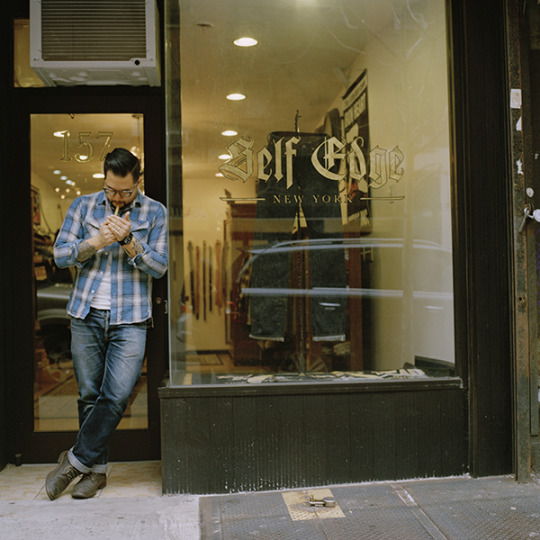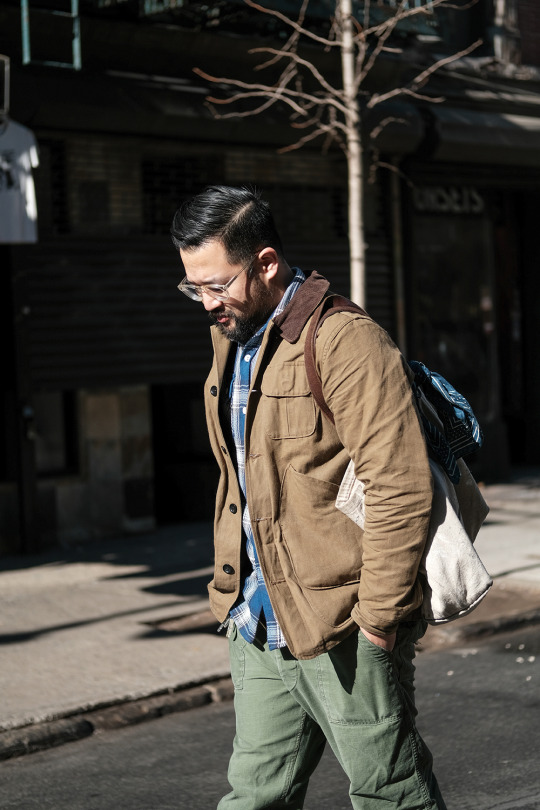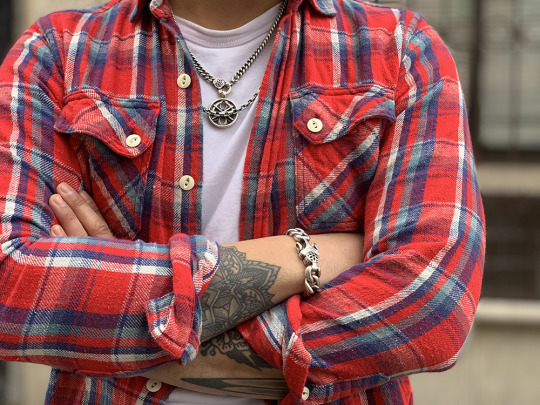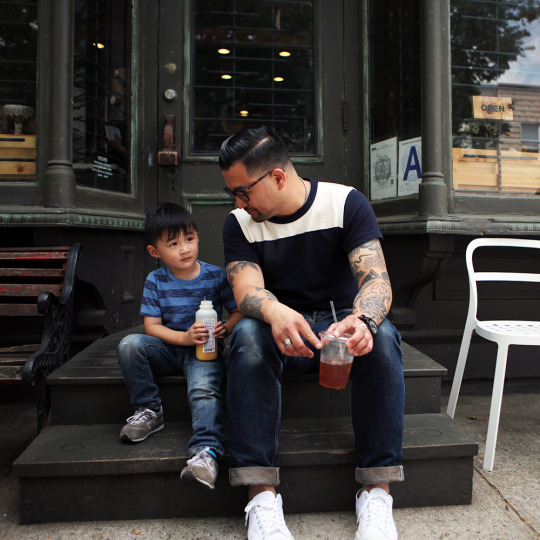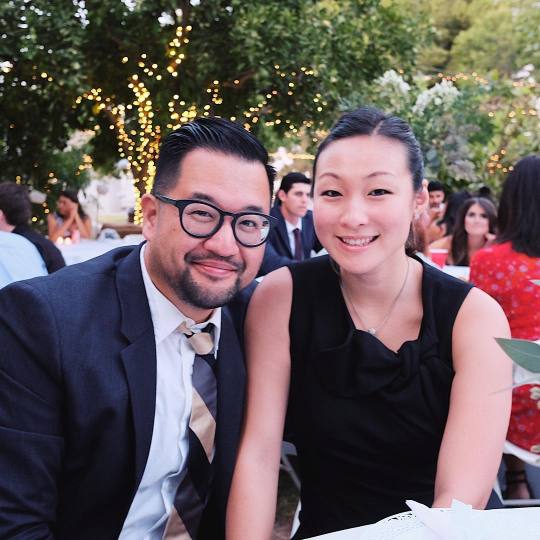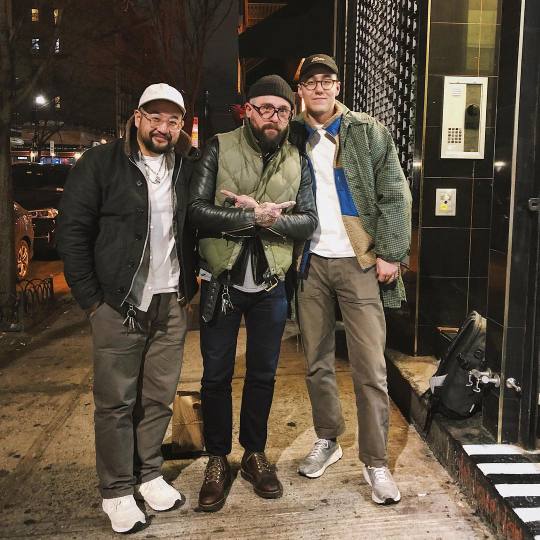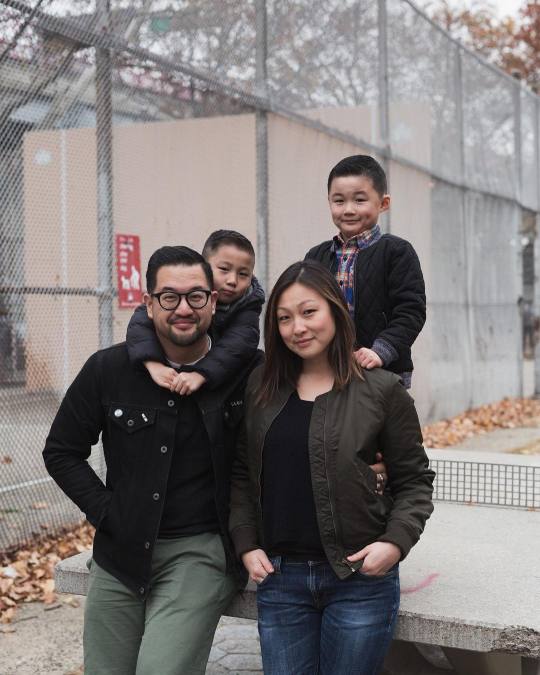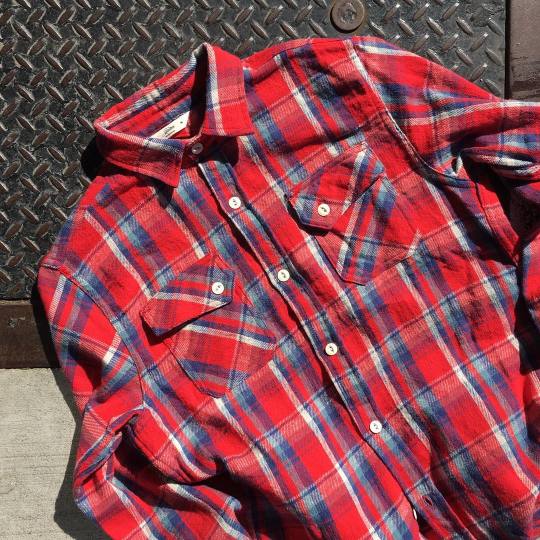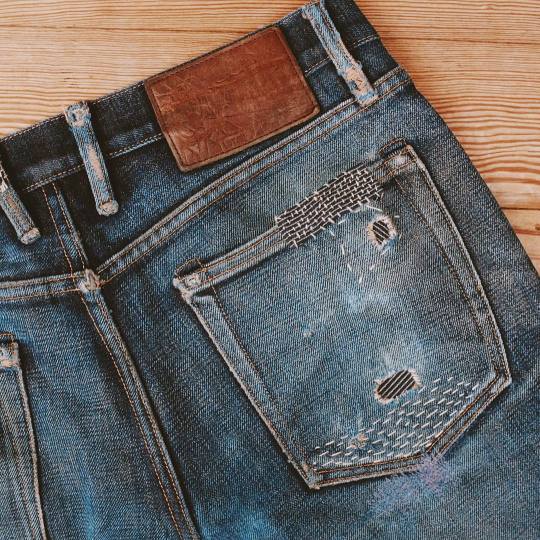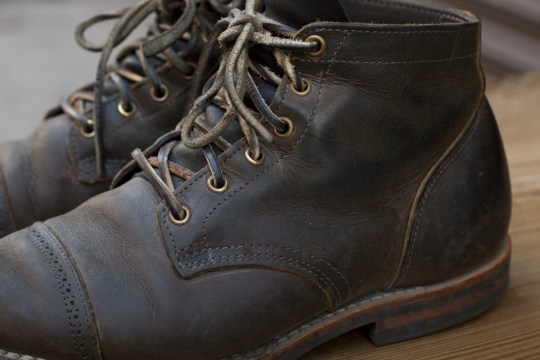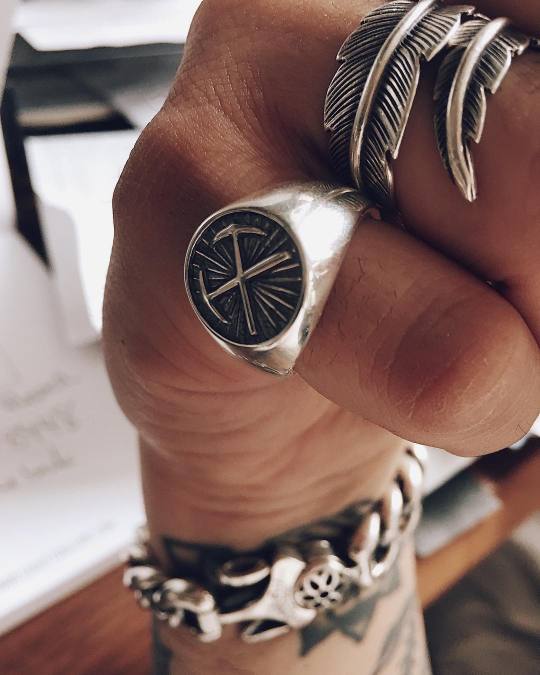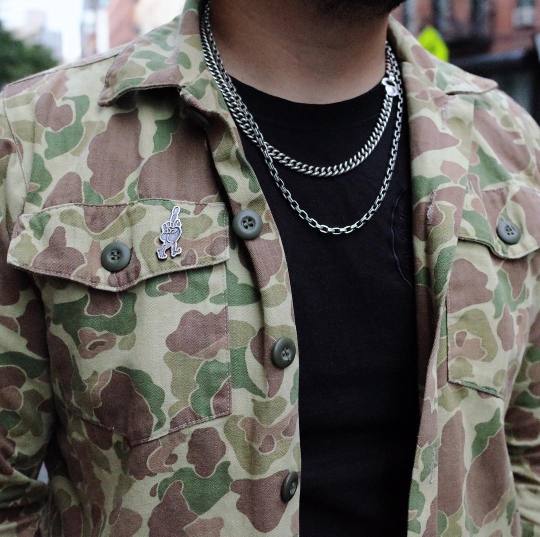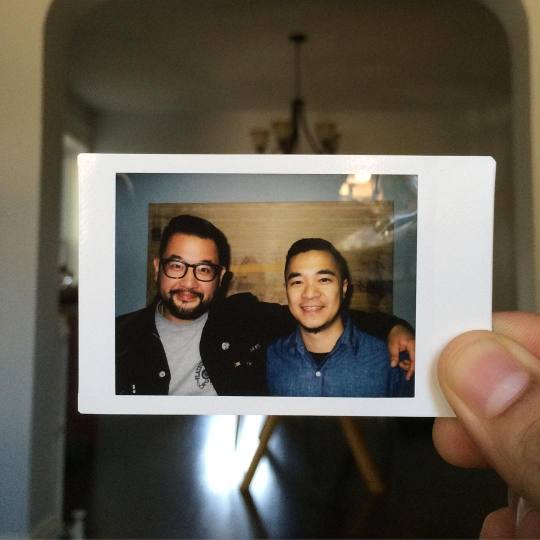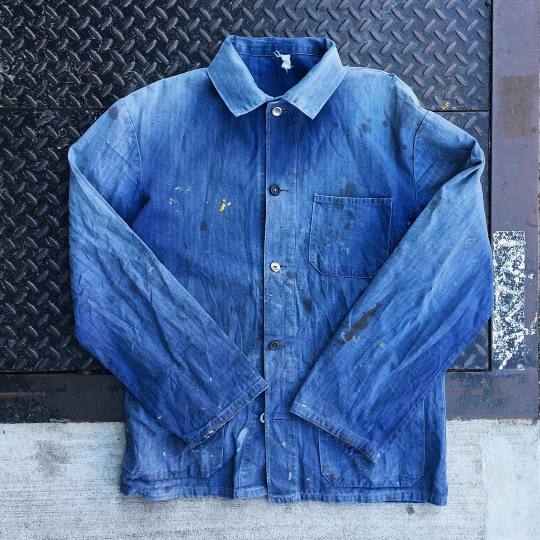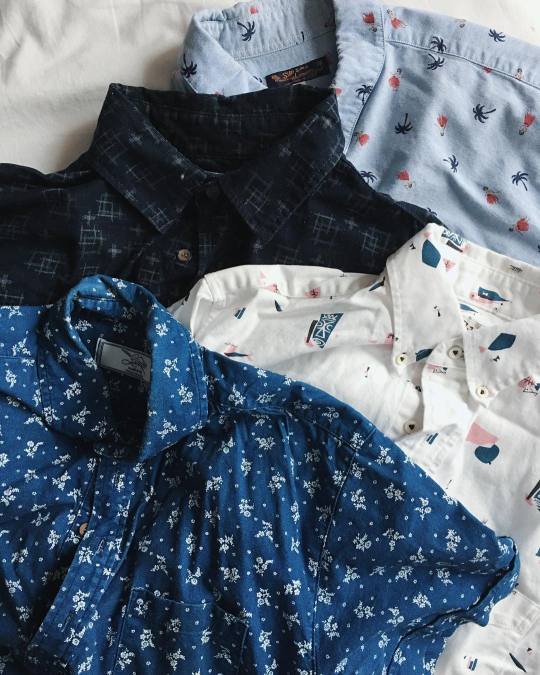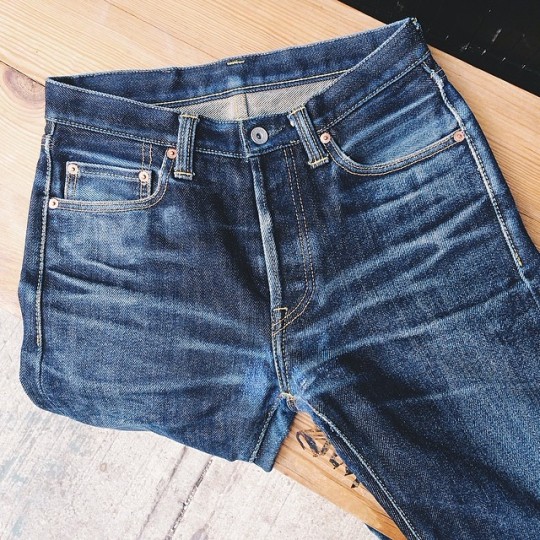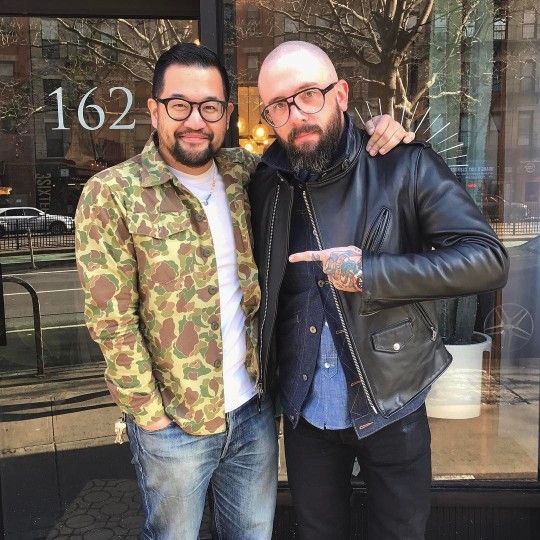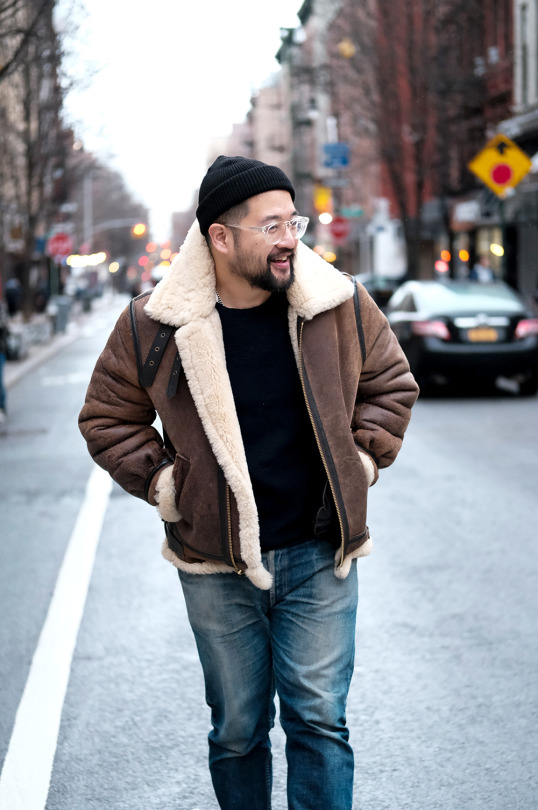
In a firm-wide email sent Tuesday, the top-brass at Goldman Sachs told employees they’re loosening the company’s fashion standard. Historically known as a white-shoe investment bank, Goldman Sachs will be joining the Silicon Valley crowd by allowing its 36,000 employees to shed their coat-and-tie uniform and put on more casual attire. This shift would have been inconceivable thirty years ago when bankers relied on sober suits to earn their clients’ confidence. But as Goldman Sachs CEO David Solomon wrote in the memo, workplaces today are more casual and he wants to accommodate a younger workforce. One Goldman Sachs employee told GQ yesterday the firm’s dress code has actually been loosening for years. Still, the person noted, “all the men are psyched."
So if bankers no longer wear banker stripes, what should they wear? The email didn’t specify. The management only said they want employees to dress in a manner that accords with the company’s and clients’ expectations (whatever that means). "We trust you will consistently exercise good judgment in this regard,” they wrote ominously. “All of us know what is and is not appropriate for the workplace."
This is the problem with modern dress codes. Hard-written rules have been replaced by softly coded norms, which leaves many confused on how they’re supposed to dress. Are grey flannel trousers too dressy? Are sneakers too sloppy? What should I wear for the meeting or office party? When the accounting firm Crowe Horwath gave up on the coat-and-tie a few years ago, they had to film a video explaining what was not acceptable.
This “not too formal, but still professional” dress code has given men one uniform: flat-front chinos, probably tan, worn with a button-up shirt, probably gingham. The look doesn’t live up to the potential of casualwear, but it’s also not as sharp as a coat-and-tie. It’s not ugly; it’s just vanilla bland. You could break it, of course, but at the risk of paying a social cost. A few years ago, Anna North wrote a New York Times op-ed about how the new, cool, office environment can be "just as oppressive as the old, buttoned-up one.” Dressing now follows subtle, in-group views – those who understand them know how to navigate the corporate world; those who don’t pay the price.
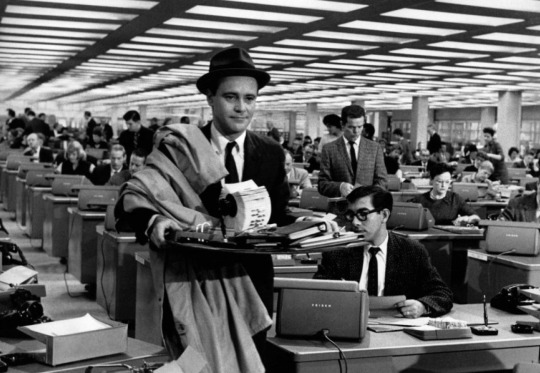
The theme is familiar to anyone who’s tried to join a country club or high-school clique. It’s not supposed to make sense. The Culture can’t really be written about; it has to be experienced. You are expected to conform to the rules of The Culture before you are allowed to demonstrate your actual worth. What wearing a suit really indicates is — I am not making this up — non-conformity, one of the gravest of sins. For extra excitement, the rules are unwritten and ever-changing, and you will never be told how you screwed up.
Silicon Valley start-ups may not care about professionalism in the pants-that-aren’t-jeans sense — they may actively discourage it — but, in Mr. Bueno’s formulation, they have a set of codes that may be even more restrictive because only those already in the clique really understand them. He writes: “The first step toward dissolving these petty Cultures is writing down their unwritten rules for all to see. The word ‘privilege’ literally means ‘private law.’ It’s the secrecy, deniable and immune to analysis, that makes the balance of power so lopsided in favor of insiders.”
In my years of writing about men’s style, I’ve found this problem that doesn’t just remain in the office, it extends into people’s personal lives. Men struggle with knowing how to dress well and comfortably, in a way that looks good without standing out. Suits and sport coats, even in their most casual patch-pocket form, can be too dressy. Classic casualwear, such as what you’ll find at Brooks Brothers, is little more than bizcaz attire. And yet, anything more interesting – from the Brutalism of Rick Owens to on-trend streetwear – can make many feel uncomfortably out of place. Dressing well, but casually, has never been harder, partly because it requires not only thinking about how others see you through your clothing, but how you see yourself.

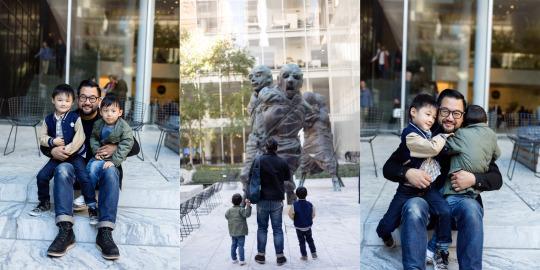
A MORE RELATABLE STYLE
Casualwear today is as varied as people’s identities, which is why it’s so hard to recommend a generic uniform. But to the degree that a look can be stretched across different lifestyles, it would be hard to find something better than Andrew Chen’s. Andrew is a co-owner of two of my favorite businesses – 3sixteen and Self Edge, both purveyors of high-end denim and workwear. While his style wouldn’t work for client-facing offices, it suits most other environments.
One of the things I love about Andrew’s style is its relatability. This isn’t the look of blue-blooded WASPs and Italian industrialists (which, while good, are more aspirational than relatable). Instead, Andrew’s lifestyle reflects many of those I know. He’s an Asian American who grew up with an avid interest in music and street culture; he’s a family man who loves his kids and wife; and he’s a person who, upon graduating from college, went to work in the corporate world before turning a passion project into a full-time job (something I often hear from people in my generation).
At its core, Andrew’s wardrobe relies on heavier denim, flannels, and t-shirts. “I don’t think my wardrobe has changed much over the years,” says Andrew. “It’s strange when someone asks to do a profile on how you dress because I never really thought about it before. But the other day I looked at my closet and it was full of plaid flannel shirts. I still wear the same things I wore fifteen years ago – hoodies, sweats, flannels, t-shirts, and jeans. Things just fit better.”

Andrew says his kids are pretty well-behaved, but dads everywhere will appreciate the kind of hard-wearing fabrics that make up this look. The clothes are comfortable, easy to move in, and have that better-with-wear quality many love (good for new dads who spend a lot of time low to the ground). Andrew favors study cotton hoodies over loose, woolen knits, the second of which just turns into handholds for climbing kids. The materials are easy to care for, machine washable, and suit a busy lifestyle. “Except for outerwear, my clothes are things that can be thrown into the wash,” says Andrew. “The boots you see here, I don’t think I’ve wiped them down even once. The only time they’ve gotten any care was when they went in for a resoling. I care for my sneakers a lot more because sneakers don’t look as good when they’re thrashed, unless they’re white Chucks, but otherwise I don’t like babying my stuff.”
Most of all, the styles are rooted in the sort of workwear classics that have become part of a modern American uniform – something you’re just as likely to see in San Francisco as Des Moines. As my friend Pete at Put This On wrote: “Finding and growing your personal style is half the enjoyment of clothing, but many dads will find themselves in settings that are in many ways analogous to the office – standing out too much is not necessarily the goal. Ideal dad style has to be comfortable and not too fussy, but it’s not an excuse for track pants and Adidas slides all the time. It should be something you can roll around in, sling a (diaper) bag over your shoulder, whip up a meal, and still reasonably wear to the movies or dinner.”
It’s also versatile, another sensible dad value. In the photos here, you can see how Andrew combines plaid flannels with t-shirts and jeans for a solid look, but he also layers a black Homecore knit with a newly acquired Schott B-3 (”easily the best purchase I’ve made in a while,” Andrew says of his shearling bomber). A few photos above, you can see him spending a day with his two sons, Logan and Hunter, while wearing jeans and an all-black, raw denim trucker jacket. On his Instagram, you can see other family-friendly combinations involving waxed cotton jackets, zip-up hoodies, and printed pineapple shirts. Naturally, it helps to be handsome, have a good personality, and always be smiling – something I was disappointed to learn last year – but these are the sort of basics most men can work into their wardrobe in some manner or another.
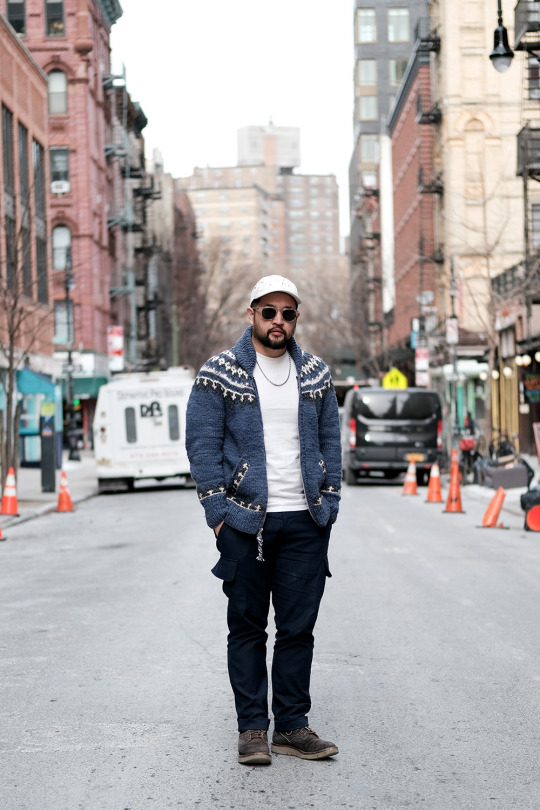
BUILDING ON THE BASICS
For those so inspired, these basics also lend themselves to more directional looks. In the photo above, you can see Andrew teaming 3sixteen’s white tee with the company’s new slimmed-down cargo pants, Viberg work boots, and a Chamula Cowichan-inspired sweater (“internally, we call it the librarian sweater,” he says of the knit). In the photo below, he wears an Iron Heart N-1 deck jacket with a Stevenson Overall denim Western shirt, 3sixteen’s CH-44x selvedge chinos, and Viberg x 3sixteen waxed-flesh Chelseas. “I’ve been really into laceless shoes. Viberg’s lasts are just so flattering on foot, and I find Brett Viberg is obsessive about construction,” Andrew says. “With a roper boot, it’s like wearing a big ol’ slip-on.” Further down is an image of him in one of his company’s hunting jackets, a crosscut flannel, some vintage reverse sateen OG-107 fatigues, and (out of frame) black Visvim Skagway lows.
“I’ve been wearing those fatigues a lot,” Andrew says of his forays into more experimental looks. “For a while, I was afraid of baggier pants, but when I got those fatigues, I sized up one and my friend said ‘size up one more!’ So they’re two sizes bigger than what I normally wear. When the fabric is really soft, I think it hangs and stacks in a way that doesn’t look sloppy. I’ve also been having a lot of fun with sneakers. I’ll always get excited over a pair of New Balance 990s, but in the last year, I’ve picked up the CDG Mowabbs and Nike React 87s. When I first saw the React 87s, I knew I had to have them. They’re a crazy looking shoe. I wear them with Monitaly pants, Engineered Garments utility pants, and of course our jeans.”
For guys who are just learning to dress intentionally, there’s often the urge to make an outfit “pop” using kooky accessories. Over time, most people find that less is more – it’s better to focus on fit and create a message with your clothes, rather than overdo the details. But eventually, you also learn to layer accessories in a way that’s more thoughtful. Andrew here wears a white six-paneled cap inspired by a painter drop-cloth tote he made through his side project, Broken Feather; a thick woolen watch cap from Buzz Rickson; an indigo bandana; and eyewear frames from Han Kjøbenhavn and Globe Specs (“their Tokyo store is the best eyewear store in the world,” he says of Globe Specs). My favorites include the jewelry: some silver rings from Native American silversmiths, a Good Art’s 10A bracelet, and two Good Art chain necklaces, one with a 3sixteen 15th-anniversary pendant. “Jewelry has been a lot of fun. I feel like it allows you to inject a little personality into an outfit.”

SUGGESTIONS FOR DEVELOPING A CASUAL WARDROBE
Almost everyone has jeans and flannels in their closet. When I pressed Andrew for suggestions on how guys can wear them in better ways, we both struggled to come up with specifics. Like in my interview with Dick and Ben at The Armoury, the phrases “it depends” and “don’t get too hung up on things” came up a lot. Your best bet is to shop around, keep an open miind about combinations, and develop your eye. Some slightly more specific suggestions from Andrew:
On Materials: “When I shop for a flannel, I pay attention to the material. Flat Head flannels are unique in that their yarns are so coarse and thick, the weave looks three-dimensional. I also love Iron Heart’s flannels because of their sheer weight. Living in a city with colder winters, they’re comfortable and useful. Similarly, when we made our t-shirts, I made sure we went with a heavier 225 gsm fabric. The tees have a triple-needle, coverstitched, never-sag collar that stays tight around the neck over many wears. A good fabric can make all the difference in how a garment looks.” [Derek’s note: 3sixteen’s heavyweight tees won The Wall Street Journal’s 50+ tee shootout in 2017).
On Body Type: “There are so many jeans on the market, finding the right pair will depend on your body type. Our company makes multiple fits, and each person will find their ideal fit in a different model. Start with thinking about what you like or don’t like about your current jeans – are they too full, too tapered, too low? This will help a sales associate find you a better pair.”
On Focusing: “Pick one part of your wardrobe and go learn about it. Check out high-end shops, low-end shops, and vintage shops. Once you’ve tried enough things, you’ll know what you like. For me, when I pick up a mass-produced flannel and compare it to something of higher-quality, the difference is obvious. I’m not going to spend $50 on a cheaper flannel because I know I’ll never wear it. I’d rather have a more expensive flannel that makes me feel good every morning.”
On Sales Associates: “Go to a place that sells a really expensive version of the item you’re interested in. Then ask them why something cost what it does. Be open to learning about it, but also be polite. If it’s a good store, they can help you learn.”
On Having Fun: “Don’t over think it. When you come out of the dressing room, does it look good? Does it make you feel excited? Clothes should be fun and move you. It just comes down to a feeling. They should make you feel stoked. In the end, if you bought the right size, you’re way ahead of the game anyway.”
For more on Andrew, check out his interview at Blamo!
